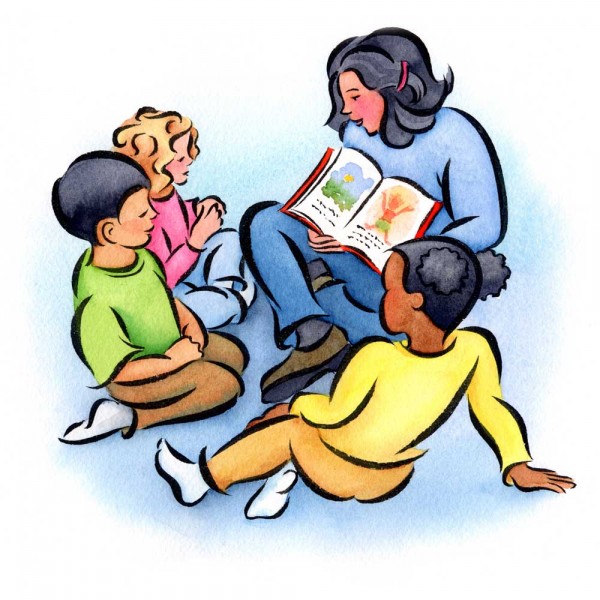A school day is filled with so many objectives we are trying to accomplish with our students. Sometimes we wonder how we can possibly fit in one more activity.
Math Talks are an activity that can be accomplished in 5 - 10 minutes and will not only support student number sense but can give you a quick formative assessment. They can be done any time during the day, not just during math class.
Do you have 5 minutes before a special?
Did a lesson you thought would take 30 minutes only take 20?
Did everyone finish a test faster than you thought?

Pull out a picture and have a
quick Math Talk.
So how do you do a Math Talk?
- Show students a picture. This picture can come from almost anywhere. Math Talk by Char Foresten and Torri Richards is a great place to start, but you could use I Spy books, National Geography for Kids, or Time for Kids. You probably have some books in your classroom that would be great. Make sure to check pictures first to ensure they have plenty of opportunities for talking about numbers.
- Start asking questions, have them tell you what they see or have them share with a neighbor. The goal here is talking about math, but you can tie in other subjects as well.
- Students can also create a math story about the picture. You can do this through discussion or in a journal.
The following pictures come from Math Talk by Char Foresten and Torri Richards.
Here are some example questions:
A simple question like "what do you see?" will tell you a lot about each student.
"Are there things in this picture we can count?"
"How many sets of 3 do you see?"
"What fraction of the umbrellas are white?"
"How many people would there be if there was one more person on each blanket? How did you figure that out?"
"What is the ratio of white to colors on the umbrellas?"
Have students create stories based on your current math lessons. Students will differentiate based on their understanding and you will gain valuable information. You could ask them to:
- Create a story that would use 2 in a number bond
- Create a multiplication story
You can tie other subjects into Math Talks:
"What is the fraction of carnivore to herbivores?"
This would be a great activity to share with parents. Parents could do this at home to support their students' learning. Pretty soon your students will see math everywhere!!
Blessings,
Shari













